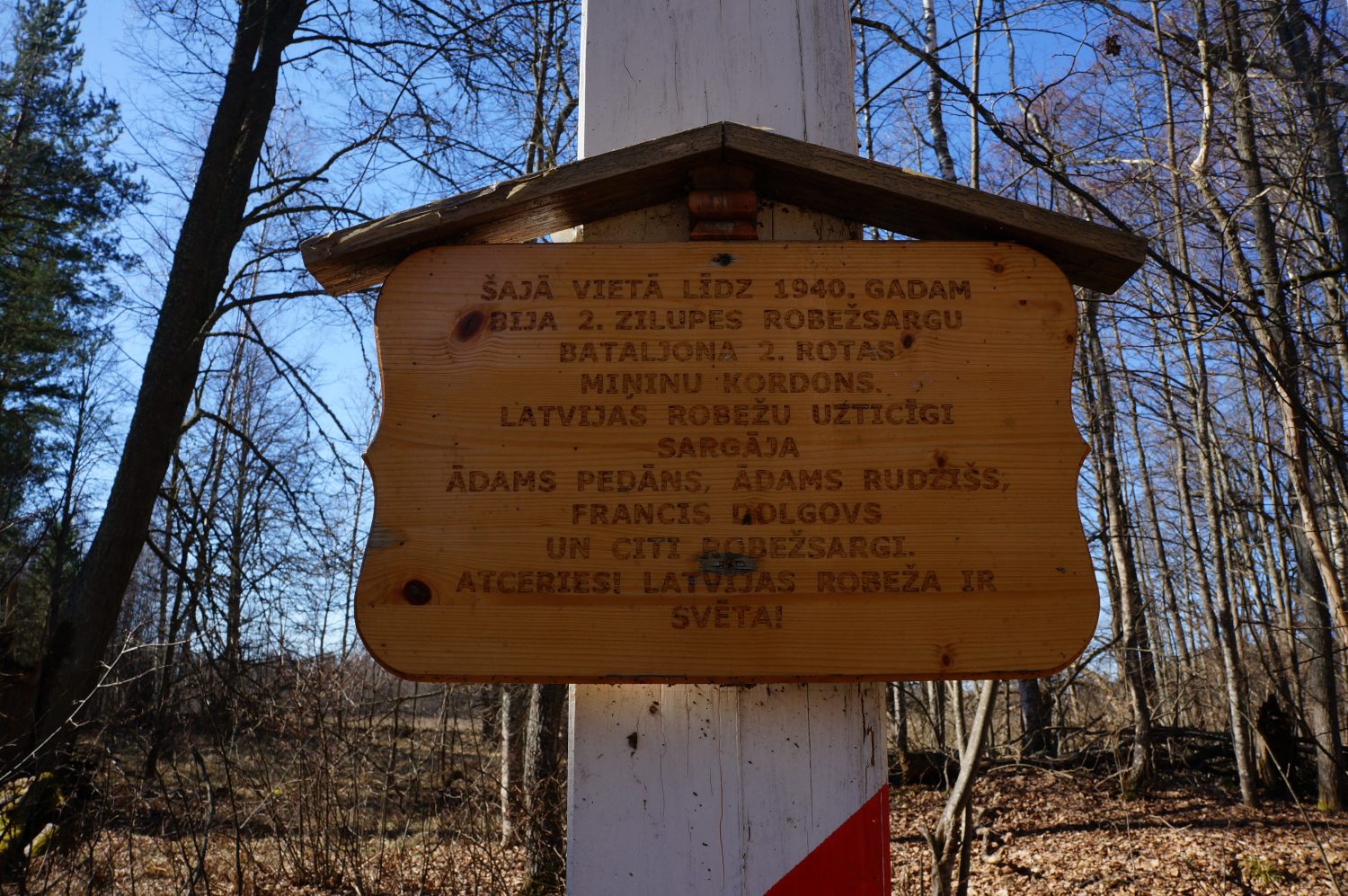
Over the years, the protection of Latvia’s borders has undergone several important changes in structure and responsibility, reflecting the country’s shifting domestic and international realities.
Following Latvia’s declaration of independence in 1918 and the restoration of independence in 1990, guarding the national border became a key task in ensuring the sovereignty and territorial integrity of the state. The border was both a symbol and a practical expression of Latvia’s independence, fostering a sense of belonging among its people – to their country, its values, and its goals.
In the early years after gaining independence in 1919, border security was handled by the Latvian army. Defining and internationally recognizing Latvia’s borders took time – border treaties were signed with Russia and Estonia in 1920, and with Lithuania in 1921. The border with Poland, however, remained without a formal agreement until the outbreak of the World War II.
Throughout the interwar period, Latvia’s approach to border protection evolved in response to changing political and military conditions. Marking the borders on the ground, building border infrastructure, and creating official border descriptions continued until 1930 to ensure clarity and the integrity of state territory.
In 1928, as threats from the Soviet Union increased, new regulations were issued to strengthen the border. By 1935, Latvia’s Border Guard had become fully militarized, ready to defend the country against external threats.
Border protection units were divided into battalion areas, effectively covering Latvia’s borders with the USSR, Lithuania, Estonia, and the coastline. Particularly important were the three battalions assigned to the 351-kilometre stretch along the Soviet border – including the Zilupe Battalion in the Ludza District, which had the largest number of border guards.
The Zilupe Battalion was the biggest, consisting of four companies with 12 platoons, 40 guards, and 339 soldiers. To ensure mobility, all officers were assigned riding horses, and each company had utility wagons for transport and supplies. This structure and equipment allowed the border guards to carry out their duties effectively, especially in the demanding frontier zones.
In total, the Latvian Border Guard Brigade included around 100 officers and 1,200 soldiers and instructors. Of these, approximately 919 men were assigned to guard the Latvian–Soviet border, which was considered the most dangerous. At the time, the border between Latvia and the Soviet Union was tightly sealed, and cross-border traffic was limited to just three railway lines.